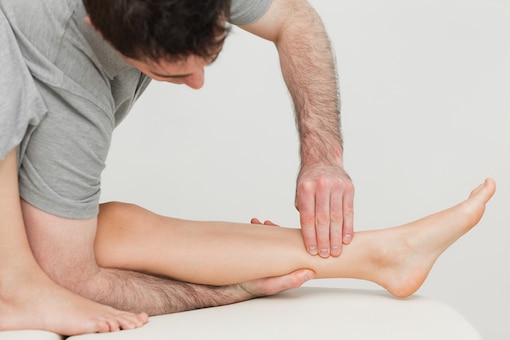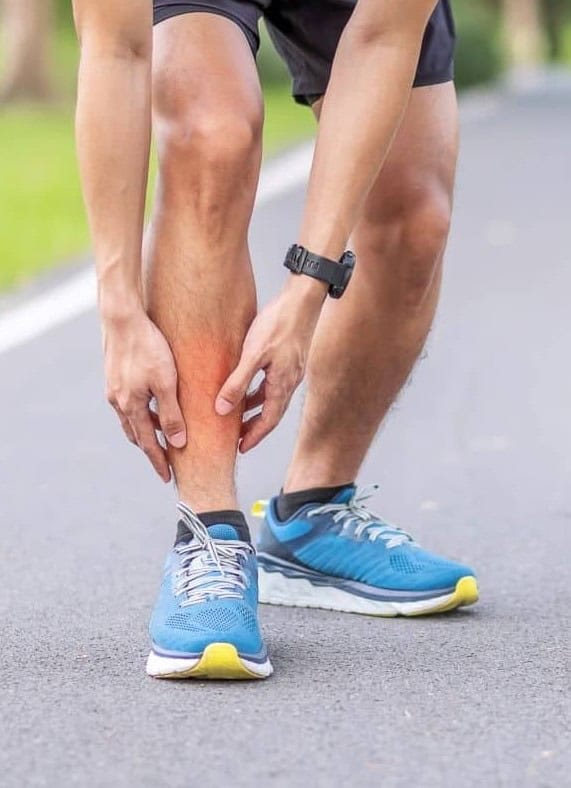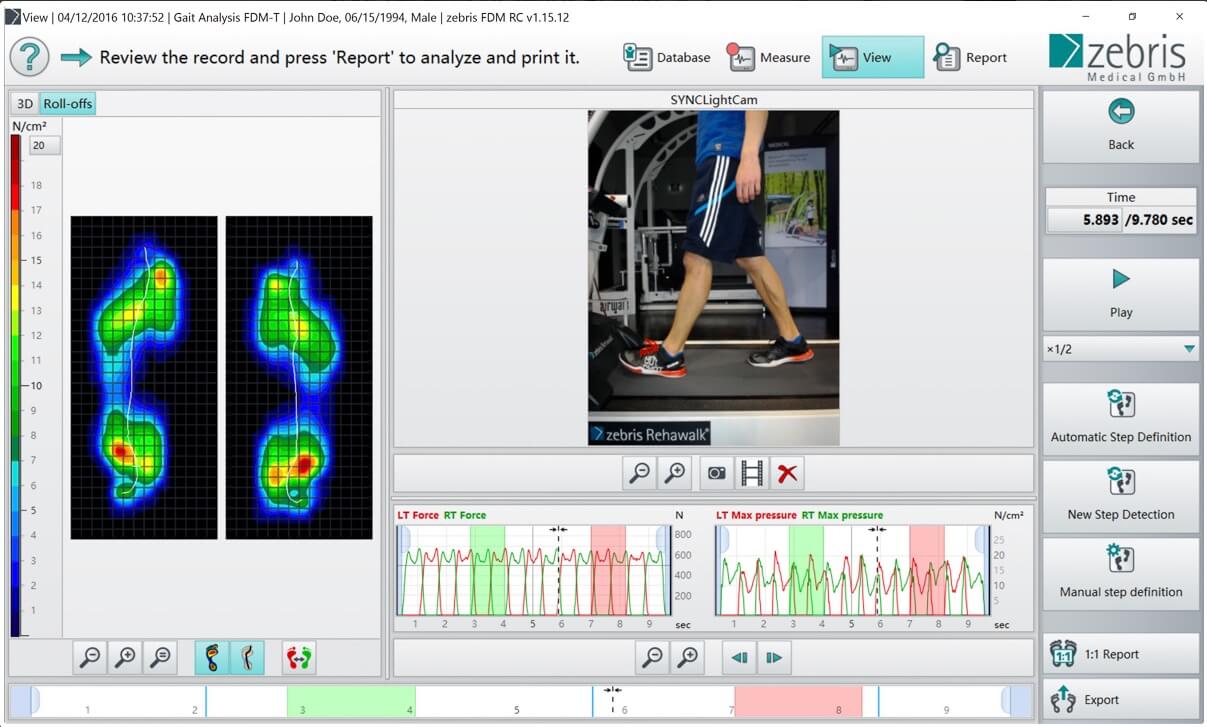Posterior Shin Splints
Causes, Symptoms & Lasting Relief
If you’re suffering from persistent shin pain—particularly along the inner side of your lower leg—you may be dealing with Posterior Shin Splints. This condition can make everyday activities and exercise painful, affecting anyone from keen runners to busy parents on their feet all day.
Not sure how bad your shin pain is?
Take this quiz to find out.

What are Posterior Shin Splints?
Posterior Shin Splints (also known as Medial Tibial Stress Syndrome) typically occur when the muscles and tendons around the back and inside of your tibia (shin bone) become inflamed or overworked. Repetitive stress—like running on hard surfaces or wearing unsupportive shoes—often triggers this inflammation. If left unaddressed, the pain can worsen or potentially lead to more serious injuries like stress fractures.
Common Symptoms
Aching or sharp pain along the inside of your lower leg
Discomfort that begins early in a run or walk but might ease as you continue
Pain returning later in the day, often more intense than before
Tenderness to the touch along the inner edge of the shin bone
If these symptoms sound familiar, it’s important to seek professional advice. Early intervention can help you avoid more severe complications.
Why Prompt Treatment Matters
Shin splints can limit your mobility, fitness routines, and even daily tasks. Ignoring the pain may only prolong recovery or risk worsening the injury. Proper treatment and an individualised plan can help you manage pain and prevent re-injury, so you can get back to your favorite activities—whether that’s running, sports, or simply enjoying an active lifestyle.

Frequently asked questions
They’re small tears where the tibialis posterior attaches to the shin bone, triggered by over-pronation, training spikes, or worn shoes.
Posterior pain sits along the inner shin, where the muscle stabilises your arch—anterior shin splints sit on the front. Treatment differs.
Yes—untreated inflammation weakens the bone cortex, raising fracture risk.
Most cases are diagnosed clinically. We will refer for an ultrasound or MRI only if pain persists great than 4 weeks or fracture suspected.
Custom foot orthotics reduce pronation and unload the tibialis posterior—evidence shows faster return-to-sport.
With early treatment 2–4 weeks of graded load; chronic cases may take 6–8 weeks.
Yes K-Laser helps reducing acute and chronic inflamation. It works best in conjuction with exercises, footwear modifcation, orthotics and training modification.
Biomechanical assessment, video gait analysis, tailored rehab plan, footwear/orthotic review, and a clear recovery timeline.
How Can ModPod Help You?

At ModPod Podiatry, we understand how frustrating and disruptive shin pain can be. Our experienced podiatrists can:
-
Assess Your Biomechanics – We’ll perform a thorough examination of your feet, ankles, and gait to determine what’s contributing to your shin pain.
-
Create a Customised Treatment Plan – From targeted exercises and stretches to orthotics or footwear recommendations, we tailor solutions to your specific needs.
-
Provide Hands-On Relief Techniques – Modalities like shockwave therapy , K-Laser or taping can ease pain and inflammation so you can recover faster.
-
Offer Ongoing Support – We’ll guide you on gradual activity progression and preventative measures to keep future flare-ups at bay.
Our Locations: Sydney CBD, Mosman, Rose Bay, Dee Why, Ryde
See Our Paitent's Success
When To Book An Appointment?
-
You’ve been experiencing shin pain for more than a week with no improvement.
-
Resting, icing, and basic self-care measures aren’t relieving your symptoms.
-
The pain returns each time you try to exercise or even walk longer distances.
Our team is here to help you get back on your feet—pain-free.








